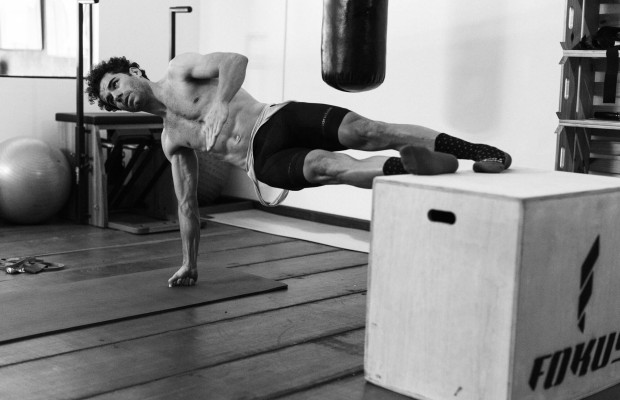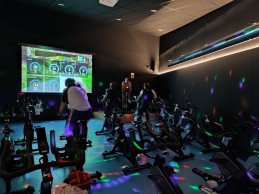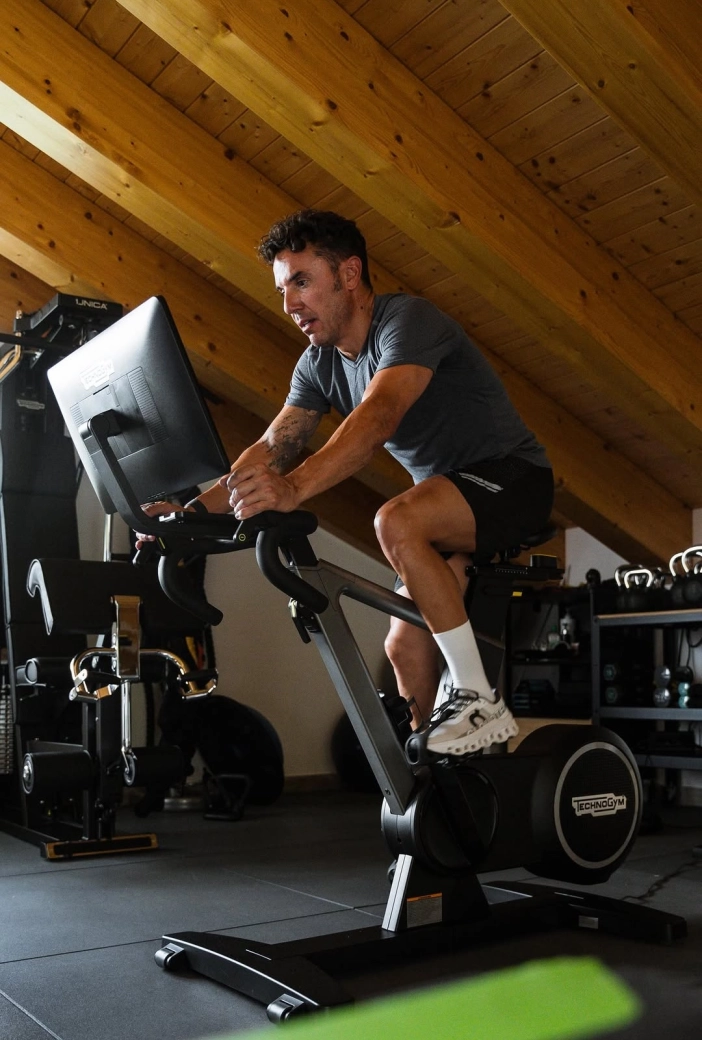Is it worth having a spinning bike at home, or is it better to go to the gym?
The cold months are approaching and most cyclists are starting to think about how to maintain their training when bad weather and limited daylight are against us. Although the most common solution is still the indoor trainer, more and more people are looking for a social aspect and are going to the gym to participate in group classes of Spinning or Indoor Cycling.
Keep riding your bike at the gym
Going to the gym is for many the ideal complement during the autumn and winter months. On one hand, it allows us to tackle the often forgotten strength training with complete guarantees, which is so important for a cyclist's performance. On the other hand, modern gyms offer a wide range of group classes, among which the most appreciated by cyclists are Spinning and Indoor Cycling.
Spinning and Indoor Cycling, are there differences?
First of all, before discussing the benefits of these group classes, it is necessary to distinguish between these two modalities, very similar in terms of the equipment used and the organization of the classes but with subtleties that may make one more suitable than the other for our cycling goals.

RECOMENDADO

Cycling tips for the Christmas season

What would you do if you won the lottery? This cyclist bought himself a €20,000 bike

The best exercise routine to do at home

Benefits of training in the cold

The cyclist's patience: how long, gentle training sessions build your best season

Tips for cycling in the rain
Spinning was born in California in 1987, when a stationary bike enthusiast decided to include music and different exercises in his training sessions. Soon, the rhythm of the music was used to set the pace of pedaling, combining different types of exercises during the session, such as standing, sitting, stops, starts, or changes in pace always to the beat of the music.
On the other hand, Indoor Cycling has subtle differences that better adapt the development of the sessions to purely cycling training, making it more suitable for those who see this activity as a complement to cycling. Indoor Cycling structures the work part of the sessions focusing more on pedaling, it is more similar to when we do intensity work on our bike, playing with different cadences, resistances, or alternating standing and sitting pedaling, but always trying to replicate as faithfully as possible what we would do on the road.
In any case, the differences between both disciplines are subtle, and benefits can be obtained from both.
Spinning is also for cyclists
While Indoor Cycling, as we have explained, is more suitable for cyclists, Spinning classes can also be interesting for those who ride a bike.
Firstly, the intensity of the classes allows to maximize calorie burning, mainly moving in that sweet spot that also improves cardiovascular endurance. Additionally, the exercises usually included in Spinning classes serve as a complement to the strength training we do at the gym.

Like in cycling, within winter activities, doing one that involves pedaling poses a low risk to the joints as there is no impact, however, we must be cautious and spend a few minutes before each class adjusting the bike correctly to our measurements and, when pedaling, be aware that it is as if we were using a fixed gear bike, meaning we cannot stop pedaling and if we try to do so, the inertia will drag our legs, risking injury, mainly in the knee.
Furthermore, in Spinning it is very easy to adjust the intensity of the exercise always following the guidelines set by the instructor, so if we really want to do intensity, for example, to replace a rainy day training, we can add as much as we want in a tremendously efficient way.
Additionally, attending group classes, whether Spinning or Indoor Cycling, is a good way to socialize during the winter months when, except for weekends, it is more difficult to coincide with cycling companions, something that directly affects our motivation and mood, being for many less painful than using the indoor trainer at home despite the benefits of modern online cycling applications.
Spinning Bikes for Home or Better at the Gym
We have mentioned that Spinning and Indoor Cycling are activities usually linked to group classes in gyms, where they reach their maximum expression, with music surrounding us and the instructor guiding us through each exercise and motivating us to not give up and give a little more of ourselves.
However, due to the pandemic, many people considered getting a Spinning bike for home, just as indoor trainers were practically sold out during those lockdown months. Then, when it comes to continuing classes, the internet comes to the rescue with a multitude of different sessions that we can find on various websites or on YouTube.
Obviously, when considering purchasing a Spinning bike, we have to take into account two basic aspects. Firstly, having a place to set up the bike and, above all, where to store it when not in use. This is not easy in the cramped apartments of some cities.

On the other hand, we have to see if the expense of acquiring one of these bikes, although in the most basic models is lower than a good interactive trainer, is worth it or if we would get more out of a trainer to use with our own bike. This will also depend, obviously, on the type of activity we prefer.
Having a Spinning bike at home will make it easier for us to come home and start training, without having to spend a long time preparing, as with the trainer, and without having to spend even more time perhaps traveling to the gym. Additionally, our bike will always be perfectly adjusted to our measurements. However, we will be missing out on the main incentive of this activity, which is the social component of sharing Spinning sessions at the gym. It is up to each individual to evaluate what is most beneficial for them.